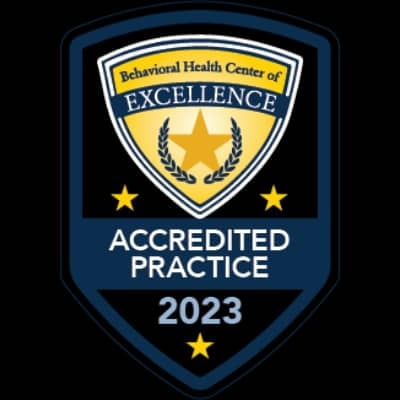Get to know
some kinds of
REINFORCERS!
Reinforcers are the topic of the month because they happen to be critical to the success of an ABA therapy program. Reinforcers are instrumental in teaching and shaping desired behaviors, especially for children diagnosed with ASD.
They can be tangible or intangible objects or actions that are used to increase the occurrence of a certain behavior, such as treats, toys, kisses, praise, and anything else that reinforces the positive behavior.
- Primary reinforcers are those that motivate the child internally, as opposed to external rewards. Think food, drink, sleep, etc.
- Secondary reinforcers are conditioned, meaning that the stimuli was learned to be associated with a primary or another secondary stimulus. Examples of secondary reinforcers include social reinforcers (like praise, hugs, and high fives) and token economies (think: money!).
Social reinforcers, like a smile or recognition of accomplishment, are great generalized reinforcers. That means they can be used in different situations and will still increase the occurrences of the positive behaviors in the future.
A token economy is a system in which targeted behaviors are reinforced with tokens (secondary reinforcers) which can later be exchanged for rewards. Tokens can take form as money, buttons, poker chips, stickers, etc.
The success of positive reinforcers will depend, above all, on the particular situation, as well as the characteristics and preferences of the child.


